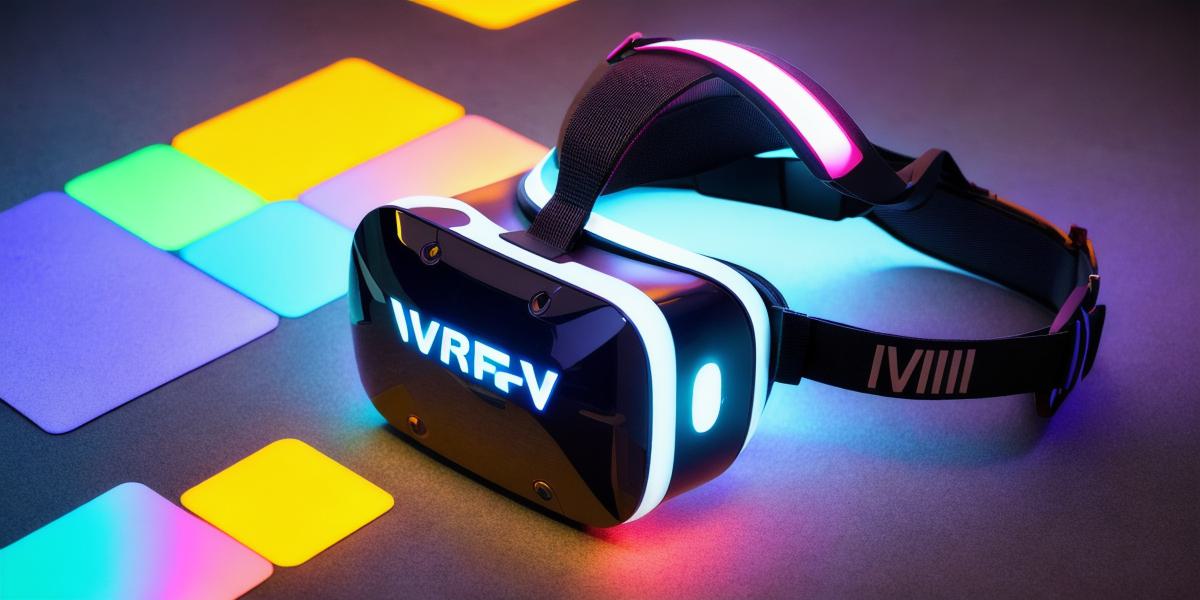As virtual reality (VR) technology continues to advance, it’s becoming increasingly clear that this immersive technology has the potential to revolutionize the way we experience and interact with the world. In this article, we’ll explore what VR is, how it works, and some fascinating examples of its many applications.
What is Virtual Reality?
Virtual reality is a computer-generated simulation of a 3D environment that can be experienced through specialized headsets or other wearable devices. These devices track the user’s movements and adjust the virtual environment in real-time, allowing them to feel as if they are physically present in the simulated world.
The term "virtual reality" was first coined in 1968 by computer scientist Ivan Sutherland, who created one of the earliest VR systems called the Sketchpad. Since then, the technology has come a long way, with advancements in hardware and software making it more accessible and affordable than ever before.
How Does Virtual Reality Work?
Virtual reality works through a combination of computer-generated graphics, motion tracking sensors, and specialized headsets or wearable devices. These devices use a combination of sensors, such as accelerometers, gyroscopes, and magnetometers, to track the user’s movements in real-time. This data is then used to adjust the virtual environment in response, creating a seamless and immersive experience for the user.
One of the key components of VR technology is its ability to create a sense of presence or immersion. This is achieved through a combination of factors, including high-resolution graphics, realistic lighting and sound effects, and the use of haptic feedback devices such as gloves or vests that provide tactile sensations.
Fascinating Examples of Virtual Reality in Action
Virtual reality has already found applications in a wide range of industries, from gaming and entertainment to healthcare and education. Here are just a few examples:
- Gaming and Entertainment: In the world of gaming, virtual reality is revolutionizing the way we play. With VR headsets and controllers, players can fully immerse themselves in a game world, experiencing it as if they were really there. This has led to the creation of some truly mind-blowing games, such as Beat Saber, which combines VR with music in an addictive and immersive way.
- Healthcare: Virtual reality has also found applications in healthcare, particularly in the areas of training and simulation. By creating virtual simulations of real-life medical scenarios, doctors and nurses can practice their skills in a safe and controlled environment, without risking patient safety. This has led to improved patient outcomes and reduced medical errors.
- Education: Virtual reality is also being used in education to create more engaging and interactive learning experiences. By simulating real-world environments and historical events, students can gain a deeper understanding of the subject matter and develop their critical thinking skills. For example, history students can explore ancient civilizations or battlefields through virtual tours, while science students can conduct experiments and explore the human body in 3D.
- Tourism: Virtual reality is also being used in tourism to allow people to explore destinations around the world from the comfort of their own homes. This has
